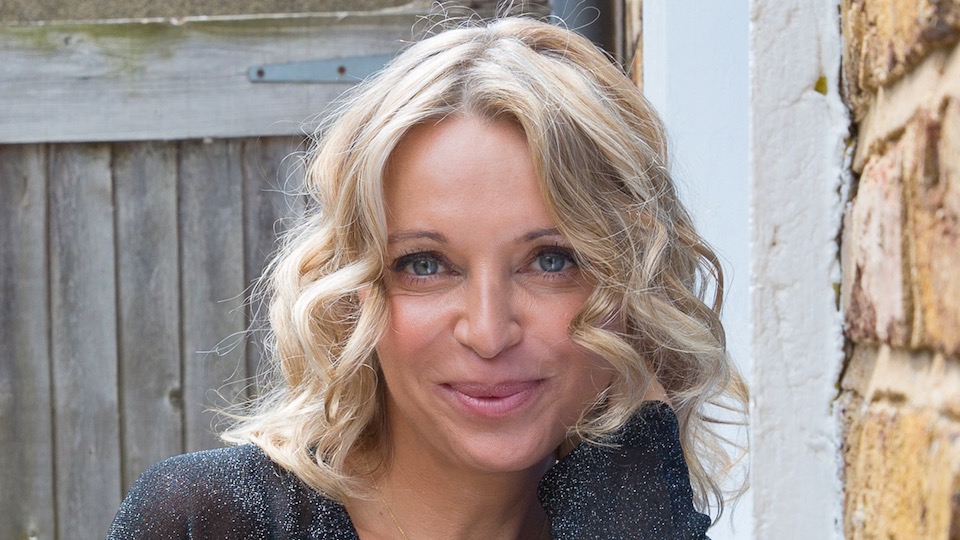For the first time in two years, one of the world’s biggest parties returns to the streets of Colombia. Barranquilla Carnival is back with a vengeance after the pandemic.
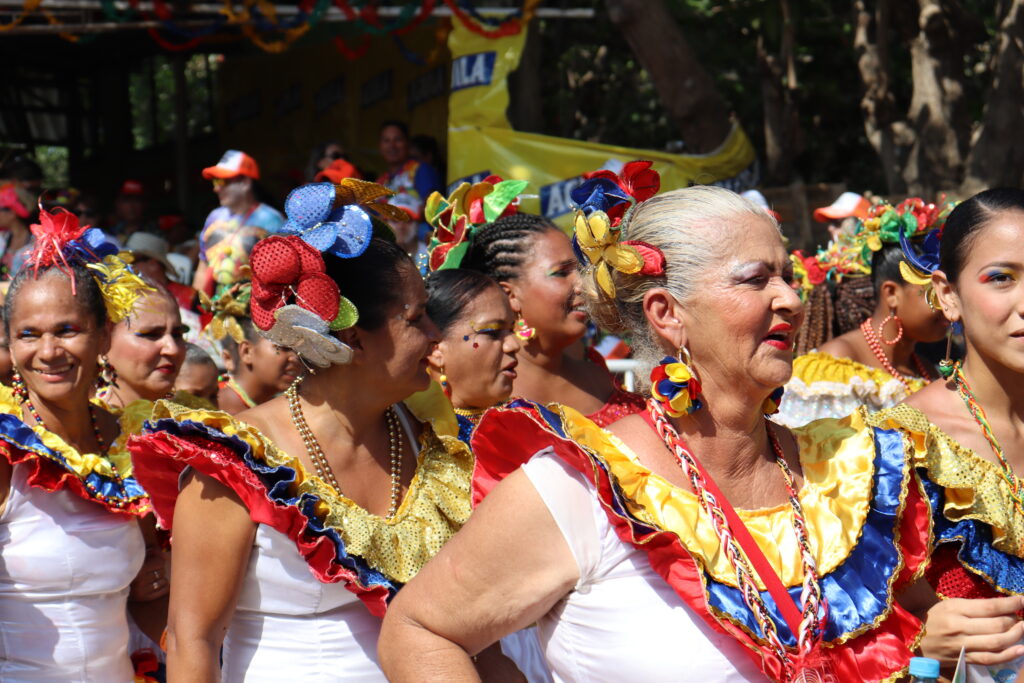
The Mayor hands over the keys to the city to the Carnival King and Queen: a new and strange order is declared in Barranquilla. Dancers and bands swirl through the streets under the pounding sun as though gravity itself is suspended. Everything is stripped of seriousness, and clothed brightly in smiles and celebration.
But the festival, which takes place this year from March 26 to 29, is not just about parades and costumes – it’s music, freedom, and a profound expression of cultural diversity.
The Carnival King and Queen will reign over the city for the whole weekend – keys in hand. A third character has been resurrected too: The mythical partier ‘Joselito de Carnaval.’ He represents the spirit of carnival, never without a drink in his hand, dancing until he drops: literally. Every year the Carnival ends with his funeral, and he is carted about the city in wheelbarrows and makeshift coffins, still clutching his beer.
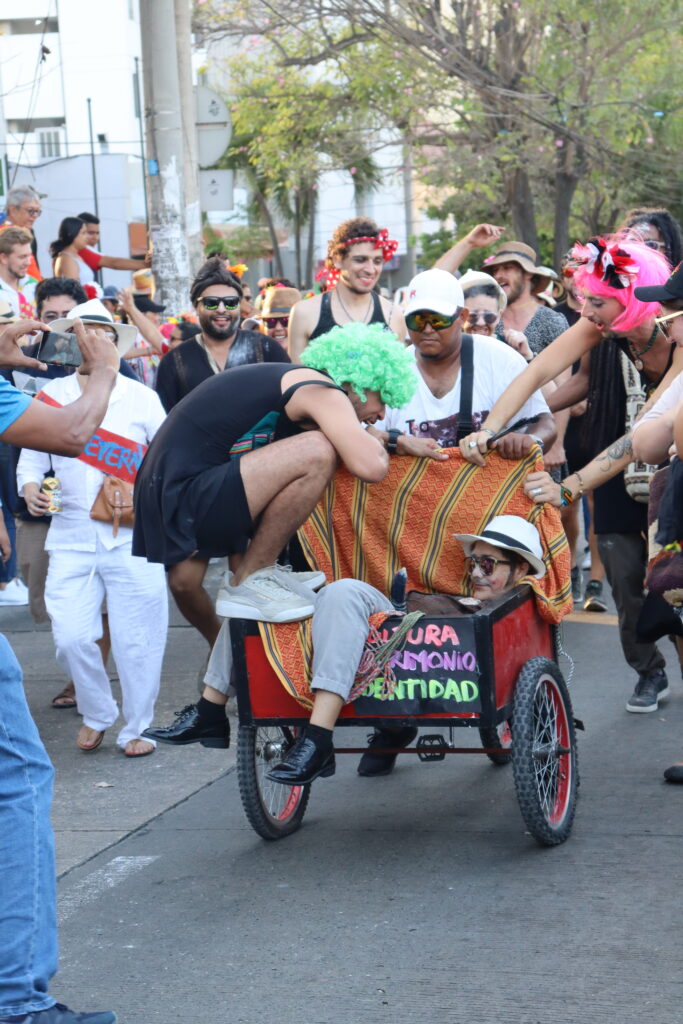
“Carnival is in the DNA of every Barranquillero. From very young – in the stomachs of our mothers – we listen to the music and are immersed in our culture. It’s huge and profound. We carry it inside of us,” says Emir Lara, Director of Communications at the Cultural Center of the Caribbean.
The venue? Everywhere. Barranquilla is filled with movement. It’s Colombia’s fourth-largest city and a place that is quickly becoming nearly as synonymous with carnival as Rio. Whether you’re at a stadium concert, watching folk poetry and theatre, or dancing to a sound system stuffed into the open trunk of someone’s car, warm can of aguila in hand, you’re at Barranquilla’s Carnival.
“Quien lo vive es quien lo goza” (“Whoever lives it, enjoys it,”), grins teenager Jesu, fixing his flowered hat, brandishing his cardboard machete and running back to the parade with his group of friends. It’s the motto of Barranquilla Carnival, ringing out from billboards and throughout the city’s streets.
It’s true. It’s hard to imagine the absorbing totality of the event until you’re in the middle of it. The whole city is alight with sound and movement. Streets are filled with bunting, barbecue smoke, masks, costumes, party foam, and an endless pounding mix of rhythms. You’re never out of range of the music. You’ll start to wonder if your own pulse has taken on a cumbia, bullerengue, porro, or mapalé beat.
Barranquilla Carnival means peace
The first big parade of carnival weekend is the “Battle of Flowers.” It celebrates the end of Colombia’s Thousand Day War in 1902, when flowers replaced bullets – a new symbolism of peace.
“Throughout our history of conflict, we have craved peace,” Lara says. “Carnival has always been a counterweight against war and a show of resilience. Carnival is synonymous with peace.”
That exorcism of tensions and violence remains a key aspect of carnival today. Colombia retains fragile stability through a groundbreaking peace agreement signed with the FARC in 2016, which marked the end of nearly 50 years of violence.
Although the agreement – along with nine other agreements in place with other paramilitaries, guerrilla groups and urban militias – has been perpetually threatened by conservative opposition – and reticent implementation – under the current government, many at carnival feel the country needs to celebrate peace whenever possible.
A snapshot of Colombia’s diversity
The carnival tradition was originally brought to Colombia from Europe by Spanish colonisers. But it quickly took on traditions, events and imagery from the indigenous and Afro-Colombian populations.
“Cumbia, for example, is a mixture of African and indigenous and Spanish influence – it’s a way of expressing ourselves – it’s a combination of our three ethnicities,” explains Roberto Amargo.
Amargo has been playing the tambor drum at carnival for 25 years. For him, the music and dance – with unique rhythms and folk instruments seen only here – reflect both the individual nature and the combined character of the area’s cultural inheritance.
Read more about Colombian festivals
Carnival preserves and teaches history, and fosters pride in cultures that have long been marginalised. Afro-Colombian communities and indigenous groups were oppressed not just by colonial rule and its participation in the slave trade, but in the 20th century too. They were disproportionately affected by Colombia’s long and bloody civil war. Even now, these communities suffer ongoing rural violence, displacement, and state neglect.
“It’s not just dancing, it’s a way of knowing and understanding history,” says Lara. “Carnival is a window of historic memory.”
Laughter is at the heart
A fierce pride permeates the city – it isn’t limited to those involved in parades and bands. Taxi driver Juan Jose works all four days of carnival and wears a different costume each day as he ferries people around the city. This year, he is a farmer, a pilot, a bull – and a monkey.
“I just want people to laugh and have a good time when they see me,” he says, peering out from under the rim of his sombrero vueltiao – his taxi is even in costume with a stuffed marimonda figure gripping onto the roof.
The marimonda perfectly embodies carnival – from past tensions to present laughter. Mokaná indigenous warriors wore these masks to raid the Spanish colonisers’ camps. An elephantine face with exaggerated eyes and ears to demonstrate vigilance, and a huge nose; a phallic symbol of virility. The Spanish would, it is said, retreat in panic.
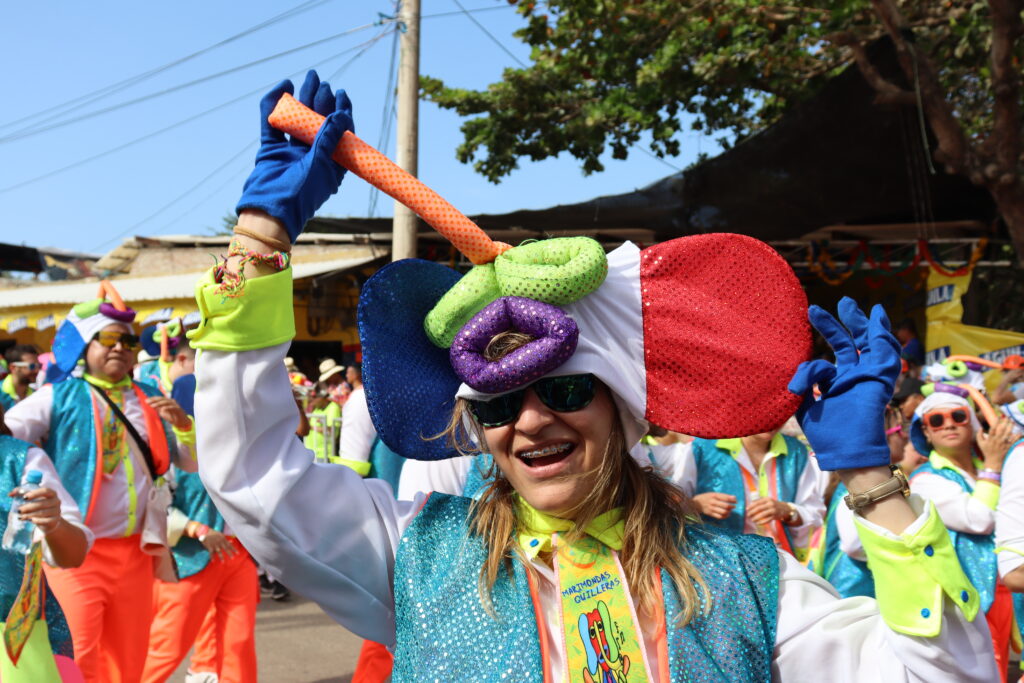
The marimonda is now the most ubiquitous image of carnival – dancing in the parade, in the stands, on t-shirts, hats, and even cars like Juan Jose’s. “It’s also very characteristic of the culture in this area to use humour to explore and resolve tensions,” Emir explains.
Laughter pulses at the heart of carnival. In keeping with its mediaeval European roots, it’s a time when authority can be challenged by open ridicule. There’s an escape from the restrictions of class, ethnicity and gender. Masked, costumed and lost in a dancing crowd, you can be more of yourself, less of yourself or someone else entirely.
“Barranquilleros love disguises. Whatever the news is in the country, we always turn it into laughter and happiness,” says Hilda Romero Agamez. Agamez has been making marimonda masks for more than twenty years. She was taught the craft by her mother and now teaches her own daughter.
Among the blinding swirl of sequins, animal heads, feathers and fire-breathers walk traditional costumes. Many of these are centuries old, and a number of them represent, remember and parody Barranquilla’s many communities. These include the Spanish colonists, indigenous groups and Afro-descendent communities.
There are newer additions to the parade, and nobody is safe from mockery: Donald Trump, Fidel Castro and the Pope himself wander the streets. The figure of death stalks the parade too, sporting Ray-Bans to shield his eyes from the sun’s blaze.
A victim of its own popularity?
For Barranquilla, carnival is a huge economic engine. Two million visited Barranquilla Carnival in 2020, but the celebration risks becoming a victim of its own success. The carnival’s popularity threatens its traditional street party atmosphere – many roads, parties and viewing points are now closed off and ticketed.
“Carnival is becoming a more controlled space. The people themselves now can’t attend,” says Monica Gontovnik, a Barranquillera and academic of carnival tradition. “It’s a huge contradiction. It has become a tourist party.”
The event is increasingly in the hands of local government, sponsors, and big business. Carnival is traditionally a raucous expression of the city’s people, chaotic but authentic, with potential for social and political dissent and nonconformism. But many say it has more and more become an “authorised chaos” – too geared towards political control, sponsors and branding, and big money. This sense of control can only be worsening under pandemic management, though clearly necessary.
The traditional music and dance are also under threat, as a drive for profit plays to an increasingly globalised audience. Folk music is increasingly marginalised through events which struggle to get funding. “Carnival is a cultural space with the potential to resist capitalism, but it’s too much viewed as a way to make money, and not enough as a cultural vehicle,” says Amargo.
A funeral and a prayer to Shakira
But finally, after a long hiatus, the sound of tambor drums fills the air and chuzos – meat and onion kebabs – cover grills, and costumed Barranquilleros dance in the streets. Though it is undoubtedly becoming more of an official event, some modern elements – like the recent addition of a Gay Guacherna Parade – are welcomed by many.
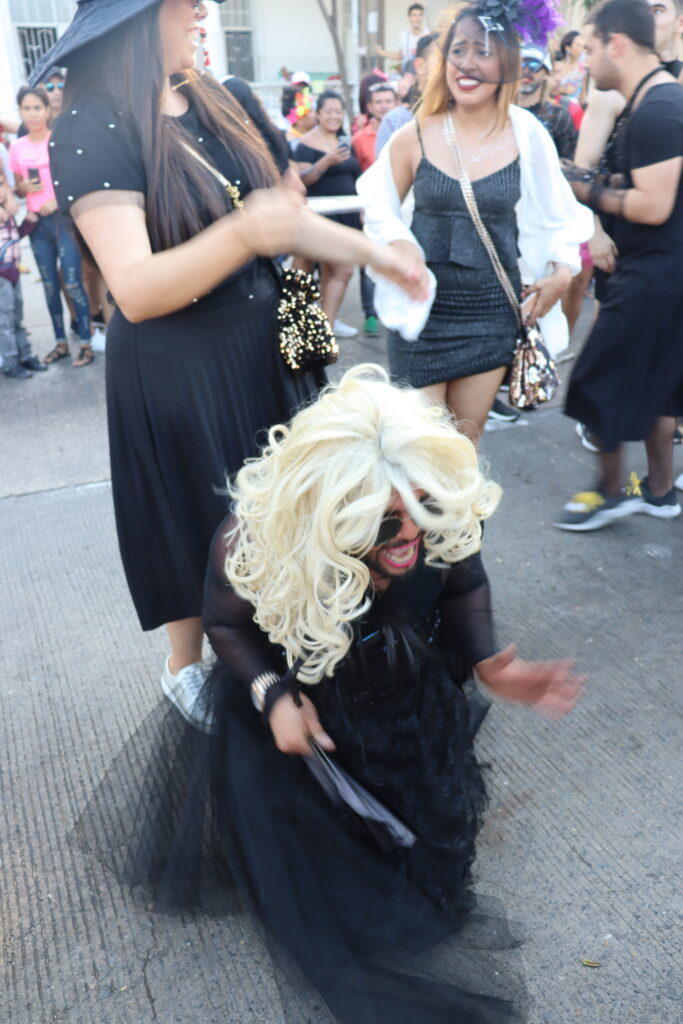
Too soon, Tuesday arrives. The last event of carnival is a funeral parade – Joselito de Carnaval has died, as he does every year on this Tuesday, four days after his symbolic resurrection. The streets are full of black-clad “widows”, many visibly pregnant, just as many visibly bearded, and wailing in mourning.
Some mourners loudly blame Colombian President Iván Duque while others pray to Shakira (Barranquilla’s most famous resident) for Joselito’s soul.
A widow in a glamorous lace dress, paired with a red lip and a full goatee, clutches a pillow-shaped pregnancy-belly and wanders the crowd. She occasionally wails at an unsuspecting audience member: “Señor, es SUYO” – “Sir, it’s YOURS.”
Barranquilleros and tourists watch Joselito disappear into the distance, and an unfamiliar calm settles on the city. The old order is restored. But Joselito won’t stay dead for long, and a new King and Queen will rise before the year is up.
Emily Hart is an independent journalist based in Colombia – she runs a weekly news digest: Colombia’s top news stories – curated, digested, and delivered straight to your phone every Monday as a 5-minute audio and text – sign up here for $5 per month!



